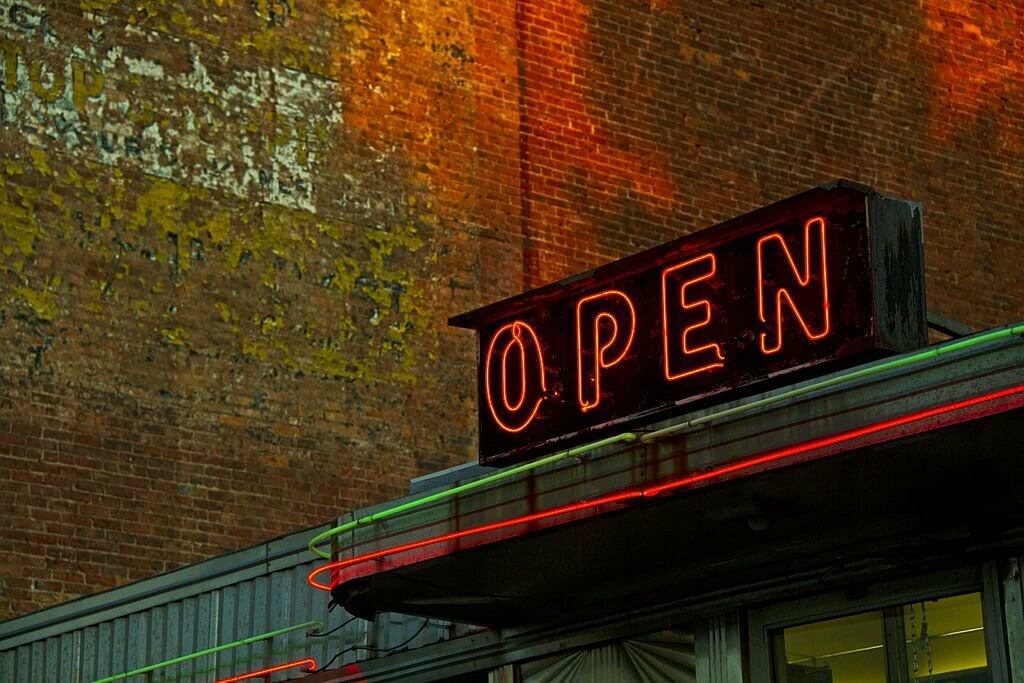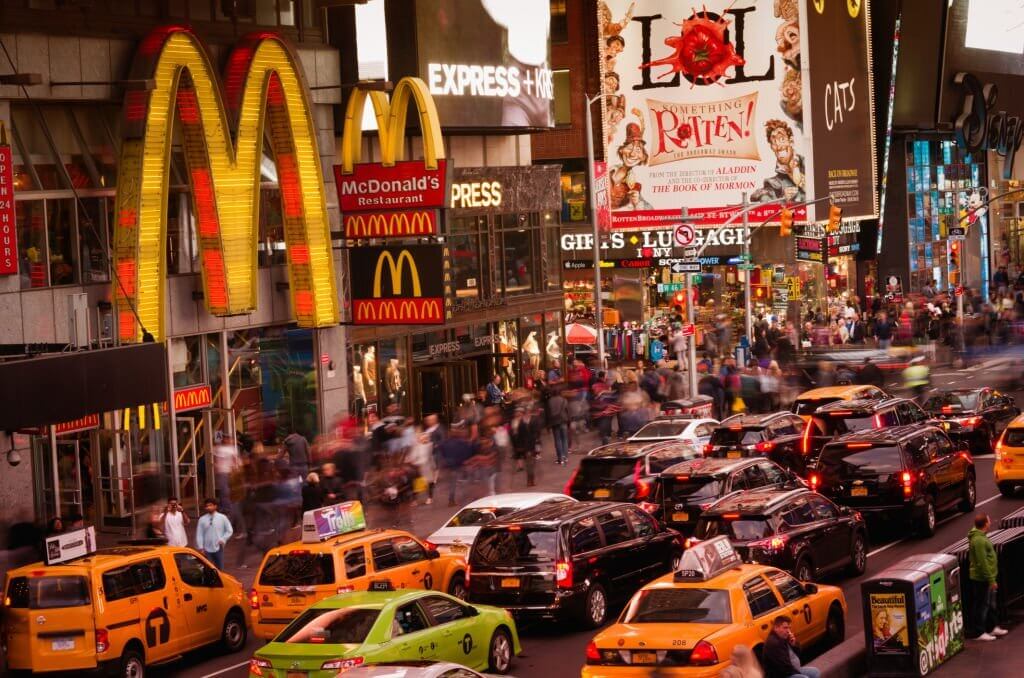New York City has always been a city that never sleeps, and NYC nightlife and NYC nightclubs have long been the stuff of legends. Over the years, iconic NYC nightclubs have risen, reigned, and left an indelible mark on the city’s cultural landscape. In this journey through time, we’ll explore three legendary NYC nightclubs that have shaped NYC’s nightlife: Studio 54, The Roxy, and The Tunnel.
Studio 54: The Disco Inferno (1977-1980)
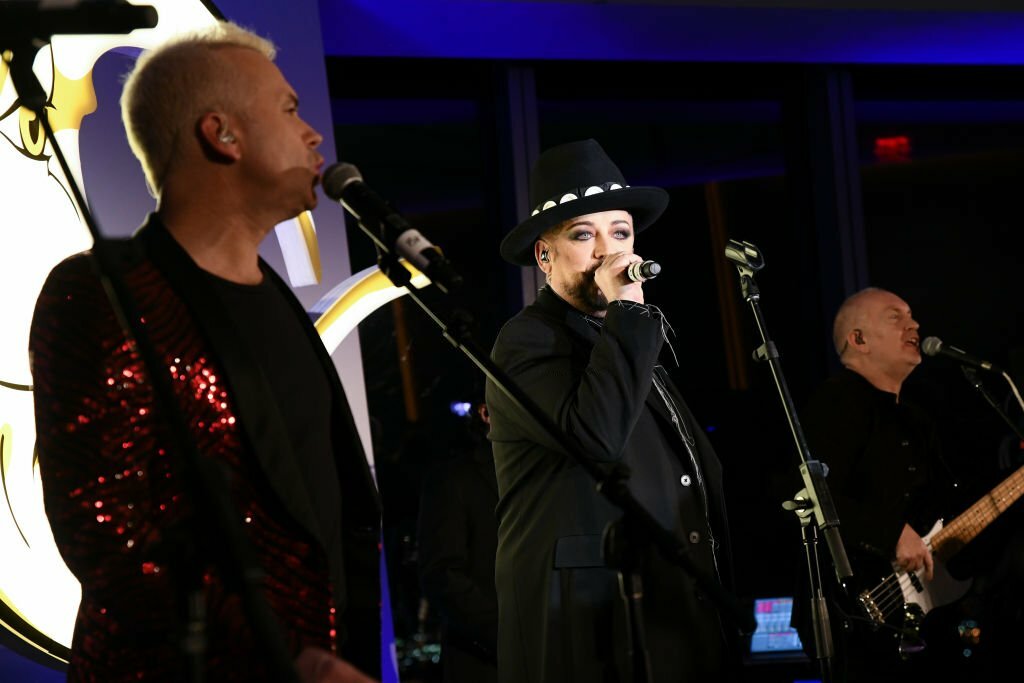
Studio 54 is perhaps the most famous nightclub in the world. Located at 54th Street and Eighth Avenue, it opened its doors in 1977 and quickly became synonymous with disco music, celebrity culture, and hedonism. The club’s innovative use of lighting, glittering decor, and a moon-and-stars dance floor created an atmosphere of otherworldly glamour.
Studio 54 attracted an A-list crowd, including the likes of Andy Warhol, Liza Minnelli, Mick Jagger, and many more. Patrons were known to dress extravagantly, making every night at Studio 54 a spectacle. The music, primarily disco, was provided by renowned DJs like Larry Levan, and the dance floor was where the magic happened.
The club’s meteoric rise was followed by a dramatic fall when its founders, Steve Rubell and Ian Schrager, were convicted of tax evasion in 1980. Studio 54’s brief but unforgettable reign left an indelible mark on nightlife culture and is still celebrated as an iconic era in NYC’s history.
The Roxy: The Paradise of House Music (1985-2007)
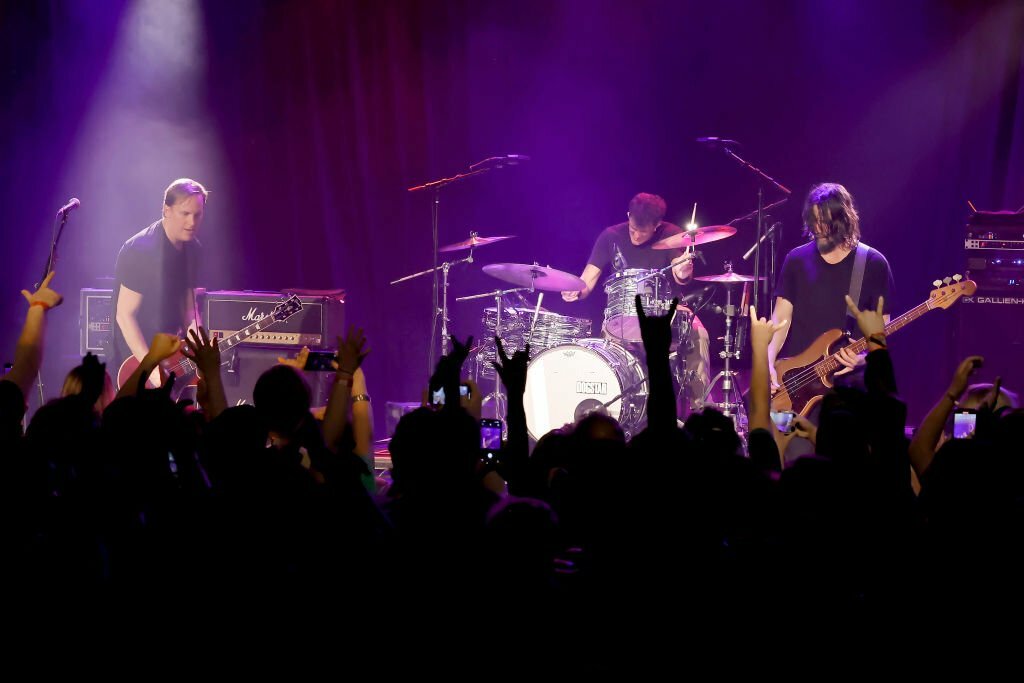
The Roxy, located in the heart of Manhattan’s Chelsea neighborhood, was an institution of the New York club scene for over two decades. Opening in 1985, The Roxy was a haven for house music enthusiasts and LGBTQ+ communities. It played a pivotal role in the evolution of dance music and club culture.
The Roxy’s main dance floor was known for its colossal sound system and a ceiling adorned with disco balls, creating a mesmerizing visual and auditory experience. Legendary DJs like Frankie Knuckles, Junior Vasquez, and Danny Tenaglia graced the decks, spinning records that kept the crowd dancing until sunrise.
The Roxy was more than just a nightclub; it was a place of acceptance and celebration. It provided a safe space for the LGBTQ+ community during a time when acceptance was not as widespread as it is today. The club’s influence extended beyond its walls and helped shape the global dance music scene.
Unfortunately, The Roxy closed its doors in 2007, marking the end of an era. However, its legacy lives on in the hearts of those who danced the night away beneath its glittering disco balls.
The Tunnel: Where Alternative Culture Thrived (1986-2001)
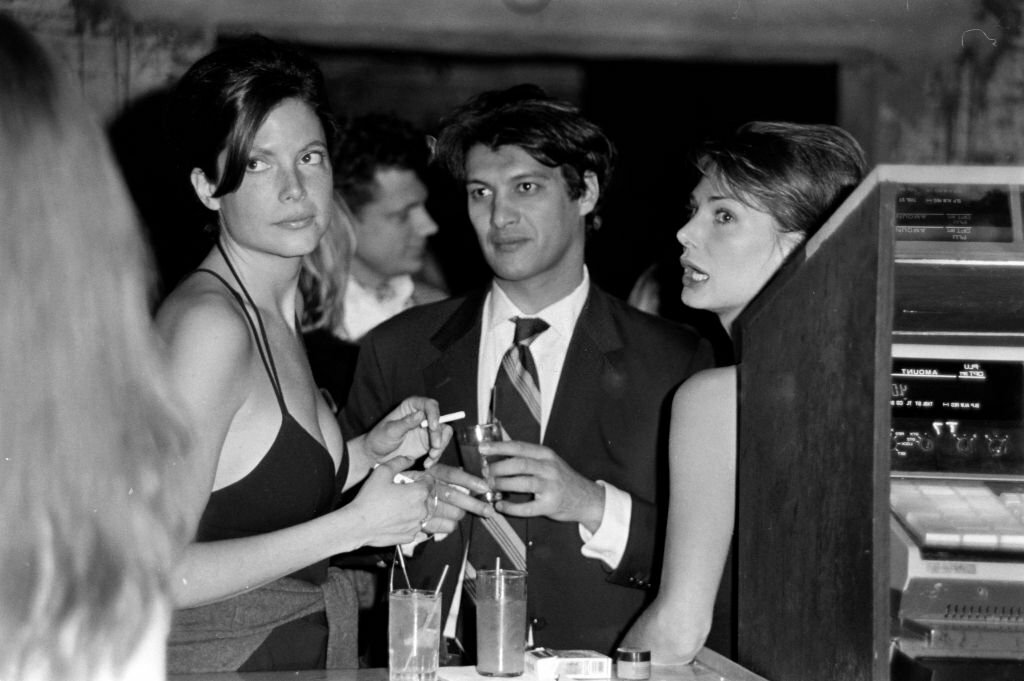
Nestled beneath the streets of Chelsea, The Tunnel was a sprawling nightclub that defined alternative nightlife in the late ’80s and ’90s. Opening in 1986, The Tunnel’s unique industrial aesthetics, complete with train tracks and graffiti-covered walls, set it apart from other clubs of its time.
The Tunnel was a mecca for the underground music and art scenes. It hosted eclectic events, including raves, hip-hop shows, and avant-garde art installations. Its versatility made it a hotspot for a diverse crowd of artists, musicians, and partygoers.
The nightclub also played a significant role in bringing hip-hop culture to the forefront of NYC nightlife. Acts like Wu-Tang Clan, A Tribe Called Quest, and Notorious B.I.G. performed here, solidifying The Tunnel’s reputation as a hub for hip-hop enthusiasts.
Despite its unique charm and cultural significance, The Tunnel closed its doors in 2001. The building that housed it was demolished to make way for redevelopment, marking the end of an era for this iconic nightclub.
Conclusion:
New York City’s nightlife is a tapestry woven with the threads of iconic nightclubs like Studio 54, The Roxy, and The Tunnel. These legendary venues each contributed to the city’s vibrant cultural history in their own unique ways. From the disco fever of Studio 54 to the house music paradise of The Roxy and the alternative underground scene of The Tunnel, these nightclubs defined their eras and continue to be remembered as pillars of NYC’s nightlife legacy. As we look back on these iconic establishments, we’re reminded of the magic and diversity that have made New York City’s nightlife scene truly legendary.

